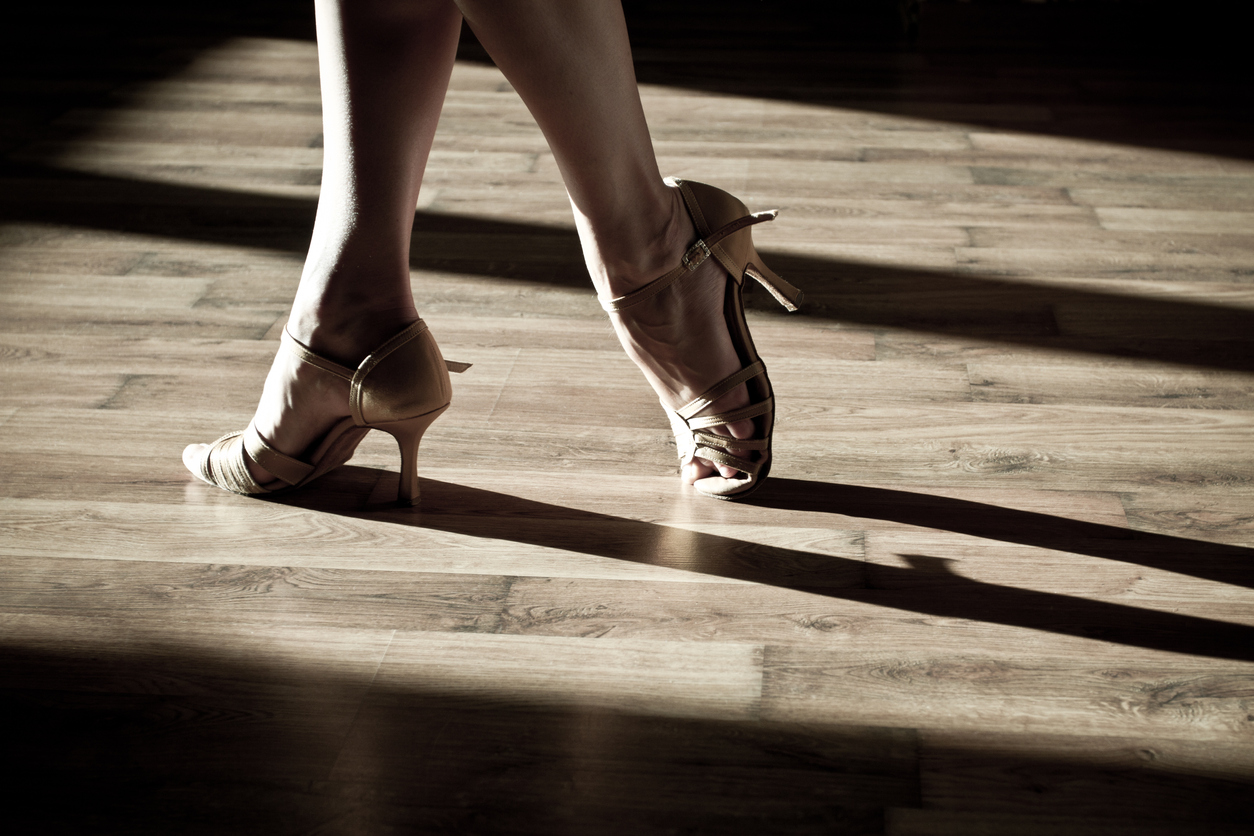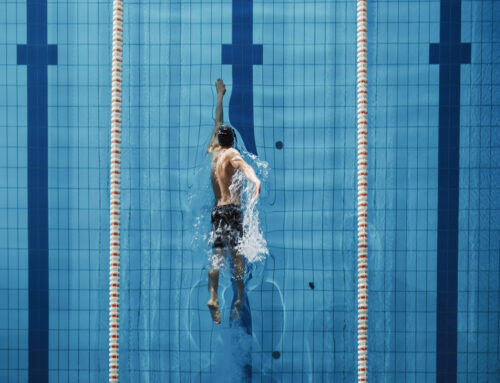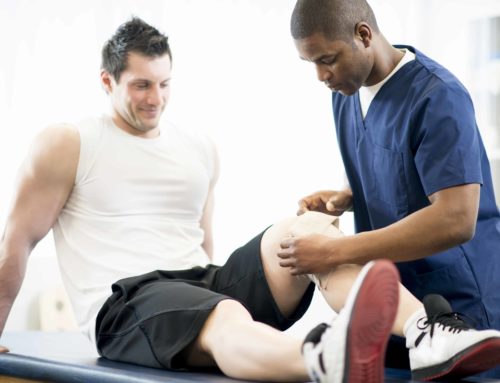The following eating disorder post is a personal account by Boston University student Luyi Chen. At Walden, we are proud to support the next generation of eating disorder recovery professionals by including occasional student blog submissions.
As a former ballroom dancer, I have seen firsthand the pressures that dancers face regarding their physical appearance. The casting process in production not only evaluates our dance skills, but also our proportions, weight, and looks. Additionally, despite spending hours perfecting our technique, no education is put on food education, such as what to eat pre– or post-dancing.
Eating disorders are a common problem in the dance world. From ballet to modern to hip-hop, most types of dancers are required to be thin. It is not just a myth, but a harsh reality. According to a study published in the Journal of Eating Disorders, dancers are three times more likely to develop eating disorders than other people in the same age group. This particularly applies to anorexia nervosa and OSFED (Other Specified Feeding or Eating Disorder). Dancers are often judged solely on the way they look, and those who seem “too fat” and not graceful enough may not get cast. This pressure to be thin is compounded by the fact that dancers often receive harsh criticism from directors, choreographers, and peers.
Western, K-pop, and Asian artists/dancers, including males, are not spared the struggle with eating disorders. Former One Direction member Zayn Malik has spoken publicly about his struggles with anorexia nervosa. Male dancers may face additional stigma when it comes to seeking help for eating disorders, as eating disorders are often thought to only impact females. Therefore, when male dancers seek treatment, they may have more severe symptoms because of the amount of time they wait before seeking help.
Eating disorders can have a significant impact on dancers physically and psychologically. Delay of treatment can lead to underperformance and in severe cases self-harm and suicide. Eating disorder prevention can be achieved through education, early intervention, and participation in necessary treatment.
Eating disorders and their warning signs
The DSM-5 includes six eating disorder diagnoses:
- Anorexia Nervosa (AN)
- Bulimia Nervosa (BN)
- Binge-Eating Disorder (BED)
- Other Specified Feeding or Eating Disorder (OSFED)
- Unspecified Feeding or Eating Disorder
- Avoidant/Restrictive Food Intake Disorder (ARFID)
Orthorexia is the term used to describe an unhealthy obsession with eating only “healthy” or “clean” foods. Orthorexia is considered atypical and is currently not recognized as a distinct eating disorder in the DSM-5.
Everyone’s experience is different, but some common signs of an eating disorder can include:
- Changes in weight
- Preoccupation with body image
- Disruptions in eating patterns
- Preoccupation with nutritional content
- Mood fluctuations
- Changes in exercise patterns
- Use of laxatives, diuretics, or diet pills
Anorexia nervosa
Anorexia nervosa is one of the most common eating disorders among dancers. Anorexia is the restriction of energy intake relative to requirements and can lead to significantly low body weight because of the intense fear of gaining weight or becoming fat.¹ People with anorexia also often deny the seriousness of their current low body weight or the influence of body weight or shape on self-evaluation. The prevalence of overall eating disorders in dancers is 12%, and the percentage of anorexia nervosa is 2%.²
There are two types of anorexia: restricting-type and binge-eating or purging-type. Restriction is characterized by weight loss through dieting, fasting, and/or excessive exercise. Purging-type is the recurrent episodes of binge eating or purging behavior, including self-induced vomiting and misuse of laxatives, diuretics, or enemas.
OSFED
Other Specified Feeding or Eating Disorders (OSFED), previously known as Eating disorder Not Otherwise Specified (EDNOS), can also be life-threatening. OSFED is the most prevalent eating disorder in the dance community, affecting 9.5% of dancers, and 14.9% in ballet dancers specifically. This category was developed to encompass those who have disordered eating behaviors but do not meet strict diagnostic criteria for the eating disorders included in the DSM-5. However, this does not mean OSFED is not as severe.
OSFED includes, but is not limited to, purging disorder (recurrent purging behavior to influence weight or shape in the absence of binge eating) and night eating syndrome (recurrent episodes of night eating).
Health risks of eating disorders
The medical complications of eating disorders are quite serious. Eating disorders can lead to mood changes, fatigue, dizziness, headaches, abdominal pains, heart problems, weight loss and malnutrition. Focus and concentration can be negatively impacted as well, which is especially problematic for professional dancers.
For anorexia specifically, self-starvation slows down the metabolism to conserve enough energy for essential uses in the future. Even if labs and overall body function indicate that someone is healthy, it doesn’t mean that the eating disorder isn’t harmful. Health can change quickly, and conditions like cardiac arrest and electrolyte imbalances can occur suddenly.
By knowing the risks of eating disorders, we can take steps toward prevention and early intervention to protect ourselves and those we care about.
Eating disorder prevention and treatment
During my dance career, I showed signs of atypical anorexia, because it was not the purging-type of eating disorder but rather the restricting-type with no significant weight loss. I had no appetite after training, which I believed was beneficial. Despite being naturally thin, I hesitated to add extra calories to my plate, especially during the night after finishing my practice, because I wanted to hear more praise about my body figure.
I was not aware of how crucial it is to have a post-workout meal for my muscles and tissues to heal and recover. This lack of understanding can lead to unhealthy eating habits, which ultimately can develop into an eating disorder. Luckily, I was able to avoid developing a severe eating disorder. I stopped my restricting behavior, deleted my calories counting app, and added healthy snacks in-between meals after talking to a RN.
Eating disorder prevention in the dance community begins with increased education and awareness, along with embracing a culture of body-positivity and self-acceptance. The importance of prioritizing mental and physical health should be communicated to dancers, as it will improve the dance community as a whole. Every dancer should be reminded that beauty can be any size.
It’s important to seek help if you think you may be struggling with an eating disorder. Please do not delay reaching out to health professionals, family members, teammates, or trusted individuals or groups for support. You may find that your teammates are experiencing similar struggles. Although you may face ups and downs in recovery, remember that you’re not alone in this, and there are people who care about you and want to help you on your journey toward recovery.
ABOUT THE AUTHOR:
Luyi Che n (she/her) is currently pursuing a master’s degree in nutrition at Boston University. She is going to expand her knowledge through a dietetic internship at Brigham and Women’s Hospital. With a strong passion for nutrition and its role in promoting good health, Luyi aspires to make a positive impact in the field.
n (she/her) is currently pursuing a master’s degree in nutrition at Boston University. She is going to expand her knowledge through a dietetic internship at Brigham and Women’s Hospital. With a strong passion for nutrition and its role in promoting good health, Luyi aspires to make a positive impact in the field.
Citations
- Diagnostic and Statistical Manual of Mental Disorders DSM-5 (Fifth edition..). (2013). American Psychiatric Publishing.
- Arcelus, J., Witcomb, G. L., & Mitchell, A. (2014). Prevalence of eating disorders amongst dancers: a systemic review and meta-analysis. European eating disorders review : the journal of the Eating Disorders Association, 22(2), 92–101.





